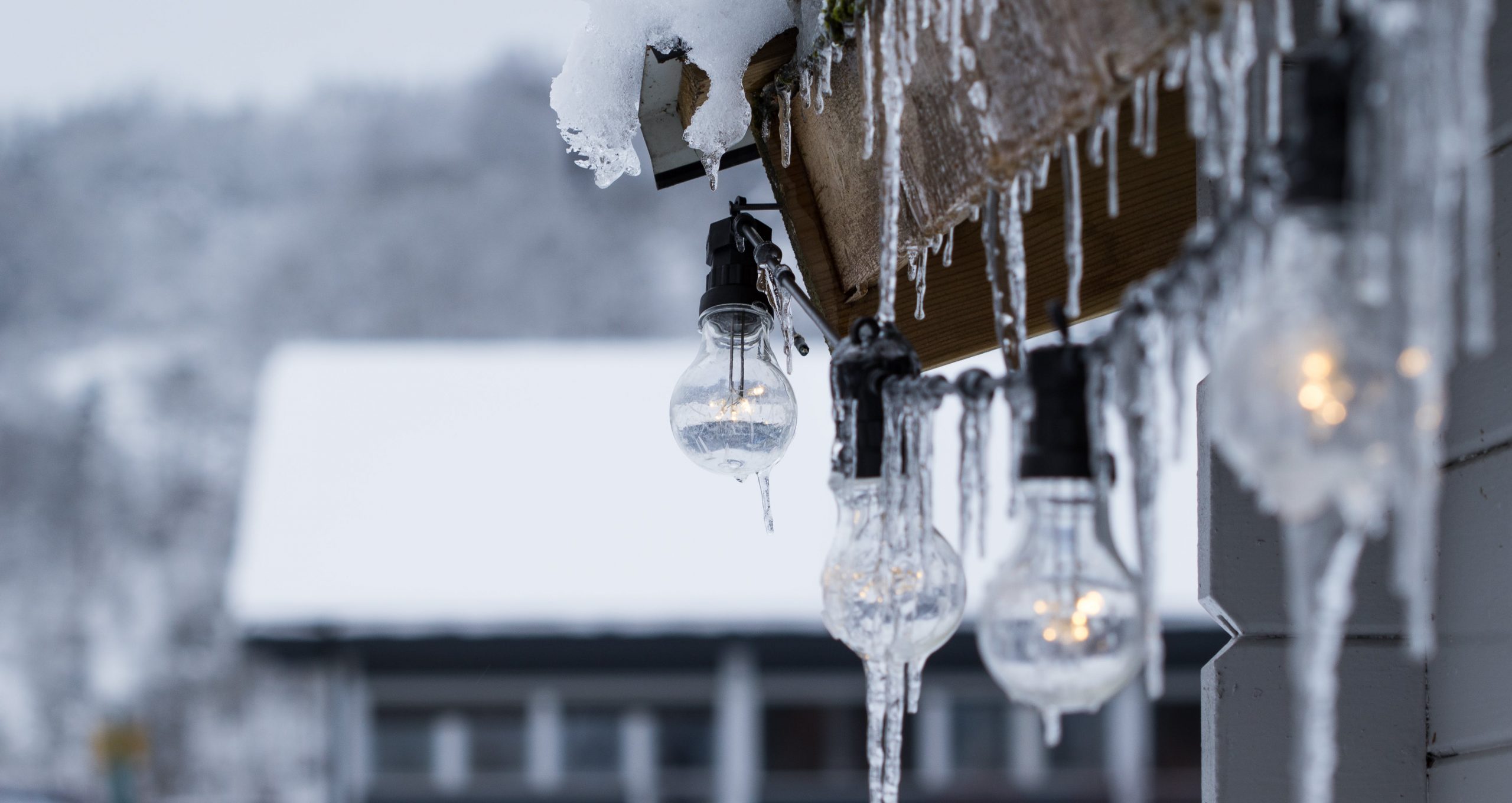Winter storms can leave a mess in their wake, and while fresh snowfall can look beautiful, it can also pose risks to your home. Once the snowstorm has passed, it’s important to assess your property and take care of key maintenance tasks—especially outdoors—to prevent damage and ensure safety. Here’s what you should do after a snowstorm:
1. Check Your Roof for Ice Dams and Heavy Snow
A heavy snowfall can put a significant strain on your roof. Ice dams—formed when melting snow refreezes along the eaves—can cause water to back up under your shingles, leading to leaks and damage. Use a roof rake to clear excess snow, especially near the edges, and ensure your attic is well-ventilated to reduce the risk of ice dams.
2. Clear Walkways, Driveways, and Steps
Shoveling snow as soon as possible helps prevent ice from forming, making walkways safer. Use sand or ice melt on slippery surfaces, but choose products that are safe for concrete and landscaping. If you use a snowblower, be mindful of where you direct the snow to avoid blocking drains or creating hazards.
3. Inspect and Clear Gutters and Downspouts
Heavy snow and ice can clog gutters, leading to potential water damage when everything starts to melt. If safe to do so, remove ice buildup and ensure that downspouts are directing water away from your home’s foundation.
4. Check for Tree Branch Damage
Snow and ice accumulation can weigh down branches, causing them to snap and potentially damage your home, fence, or power lines. Carefully remove any hanging or broken branches and consider trimming overhanging limbs before the next storm.
5. Look for Exterior Damage
Strong winds and heavy snowfall can take a toll on your home’s siding, windows, and doors. Inspect for any cracks, leaks, or drafts that might have developed, and make necessary repairs to keep your home insulated and protected.
6. Ensure Outdoor Vents Are Clear
Blocked furnace or dryer vents can lead to dangerous carbon monoxide buildup inside your home. After a storm, check that all vents are clear of snow and ice to keep your appliances functioning safely.
7. Check Fences and Outdoor Structures
Wooden fences, sheds, and decks can be vulnerable to snow and ice damage. Look for any warping, sagging, or loose boards, and make repairs as needed to prevent further deterioration.
8. Assess Your Driveway and Sidewalks for Cracks
Freeze-thaw cycles can cause cracks in concrete and asphalt to expand. If you notice any new damage, consider sealing cracks in the spring to prevent further wear and tear.
9. Monitor Your Foundation and Basement
As snow begins to melt, water can pool around your home’s foundation. Make sure your sump pump is functioning properly and that water is draining away from your home to prevent leaks or flooding.
10. Prepare for the Next Storm
Once you’ve addressed immediate concerns, restock essentials like salt, sand, and fuel for your snowblower. Having everything ready will make it easier to handle the next storm that comes your way.
By taking these proactive steps after a snowstorm, you can protect your home, prevent costly repairs, and keep your outdoor areas safe. Stay ahead of winter’s challenges with regular maintenance, and your home will remain in great shape all season long!

 Facebook
Facebook
 X
X
 Pinterest
Pinterest
 Copy Link
Copy Link



